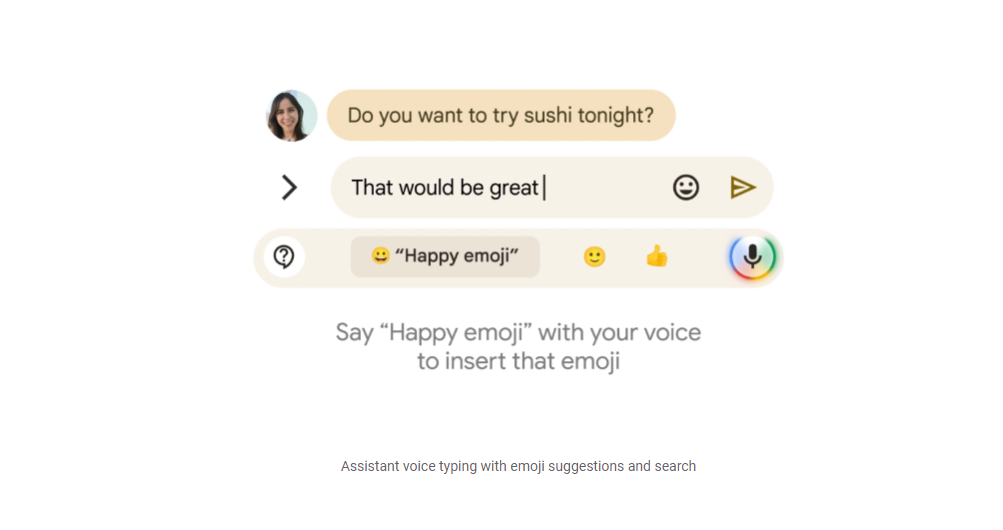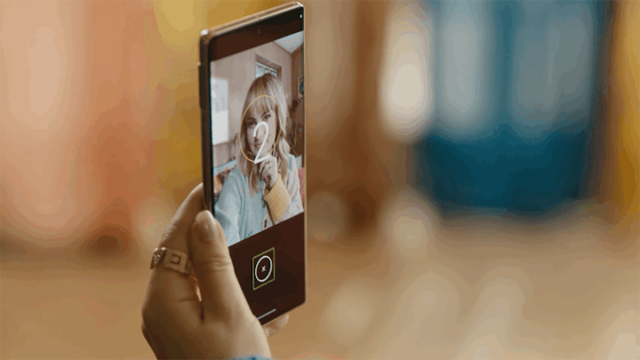Google may be the originator of the Android operating system, but it’s competing with other companies staking a claim on the platform. Samsung and OnePlus bundle in software features to help differentiate from the crowd, so Google leverages its search engine and Assistant smarts to entice you away from Android alternatives.
With the Pixel 7, Google is doubling down on Assistant tricks and hoping you’ll find its hardware the most palatable for things like making phone calls and dictating emojis. It also introduced a new accessibility feature that anyone can use to take selfies. And the Assistant has a new trick for helping you navigate automating calling services.
Snap the perfect selfie
Often, Google will introduce a tool under the accessibility umbrella, meaning you’ll need to dig through that specific settings panel to access it. But the new Guided Frame might be worth anyone enabling, simply because it helps you take a selfie.
People who are blind or have low vision are the target audience here, but anyone can enable Guided Frame simply by accessing the TalkBack menu. If you’re not already an Accessible user, this will turn on robot-spoken descriptions for elements in the Android interface. It can seem noisy if you’re not used to it, but that’s how the OS instructs you. Guided Frame will show a dotted frame surrounding your face in the camera viewfinder, accompanied by audio cues and a slight vibration indicating when it’s safe to snap.
New Pixel features for calls
The Pixel 7 will be the first to debut several new phone-calling capabilities. First up is automatic transcription of voice messages sent to you through the Android Messages app. On the Pixel 7/7 Pro, when someone sends a two-minute diatribe on what they ate for lunch, the app will now automatically transcribe it. It’s similar to the Google Voice ability of yore, where you could preview your voicemails before deciding to respond. Voice message transcription is available in English, Japanese, German, and French, with more languages rolling out in the coming months.
Google would also like to help you hear people on the other line. Clear Calling will use machine learning to help filter out background noise so that people hear you, and you hear people. I mean, if you’re still taking phone calls, that is. I still call people on the phone and talk like it’s 1997, and I have nowhere to go. The feature is rolling out in the next few months.
One thing I hate more than anything is having to devote time to call a customer service line. I imagine someone at Google hates it, too, which is why Direct My Call is on the way. This lays out the menu options on an automated call for you, so you don’t have to wait to listen to the entire recorded message before proceeding. I saw Direct My Call demonstrated in a meeting with Google, and admittedly, while I started to feel my blood boil as we made the call, I immediately felt at ease as the menu options populated the phone’s screen. You can skip ahead as you need! Google says you can expect this ability to crop up if you call many of the “most popular” toll-free numbers in the U.S., and more numbers will be supported down the line.
Say your emoji

I rely on Assistant voice typing nearly daily to help me get my point across on multiple messaging platforms. Assistant voice typing will now suggest emojis as you’re talking, in case there’s one that fits the mood. You can say something as simple as “LOL emoji,” and Google will know which one you mean (this one 😂😂😂, although I always interpreted it as “crying with laughter”).
Silence! your phone
If someone is calling you and you don’t feel like picking up, you can shout “SILENCE!” to dismiss incoming calls on the Pixel 7 and 7 Pro. It’s unclear if this is coming to other Pixel or Android devices, which is too bad, because there’s nothing people like than taking out your day’s frustrations on inanimate smartphones.
Figure out who is saying what
If you’re using Google’s built-in Recorder on the Pixel 7, you’ll be able to set labels for each speaker as the auto-transcription processes. This is super helpful for when you return to the recording later. But it’s worth noting that transcription services already facilitate this capability, including Otter.ai, in case you don’t like the idea of Google handling this dirty work.
Photo unblur…for the rest of us?
One of the more exciting photo-centric features coming to Google’s Pixel lineup is the ability to unblur photos, old and new. But annoyingly, it seems limited to the Pixel 7 and 7 Pro at launch. As I’ve noticed in the past few Pixel releases, specific abilities are compatible with other Pixel devices as long as their internal hardware can support them. I’m thinking about Magic Eraser, which works on older Pixels running Android 12 via a tricky side-loading mechanism. So, where’s the news about older devices getting Photo Unblur?
Android has always had a fragmentation problem. I can’t help but feel like Google is adding to the pile by showcasing its new software tricks only on brand-new phones. I reached out to Google and am eager to hear back on whether older Pixel devices and Android smartphones will get things like voice labels in the Recorder app or the ability to dictate emojis. For now, it seems like buying the latest Pixel device is the key to getting first access to Google’s new tools.
